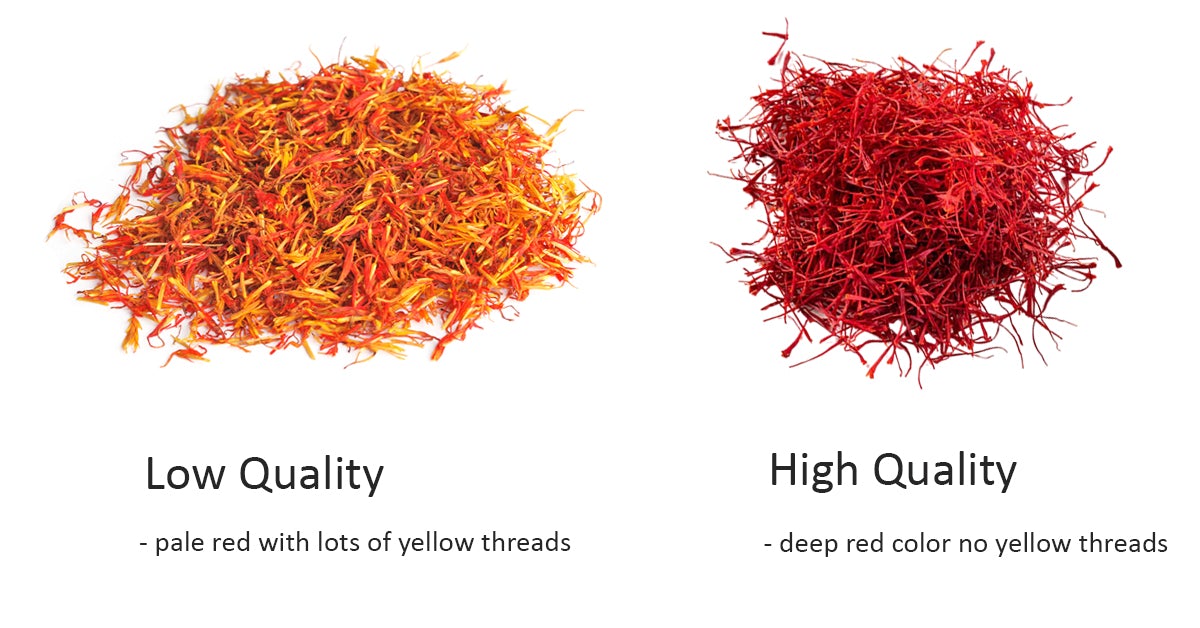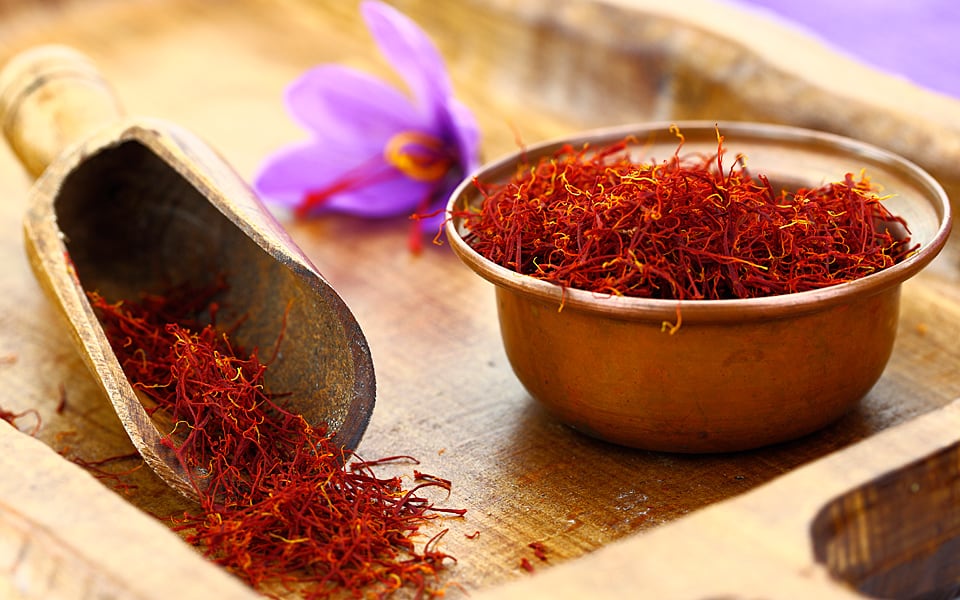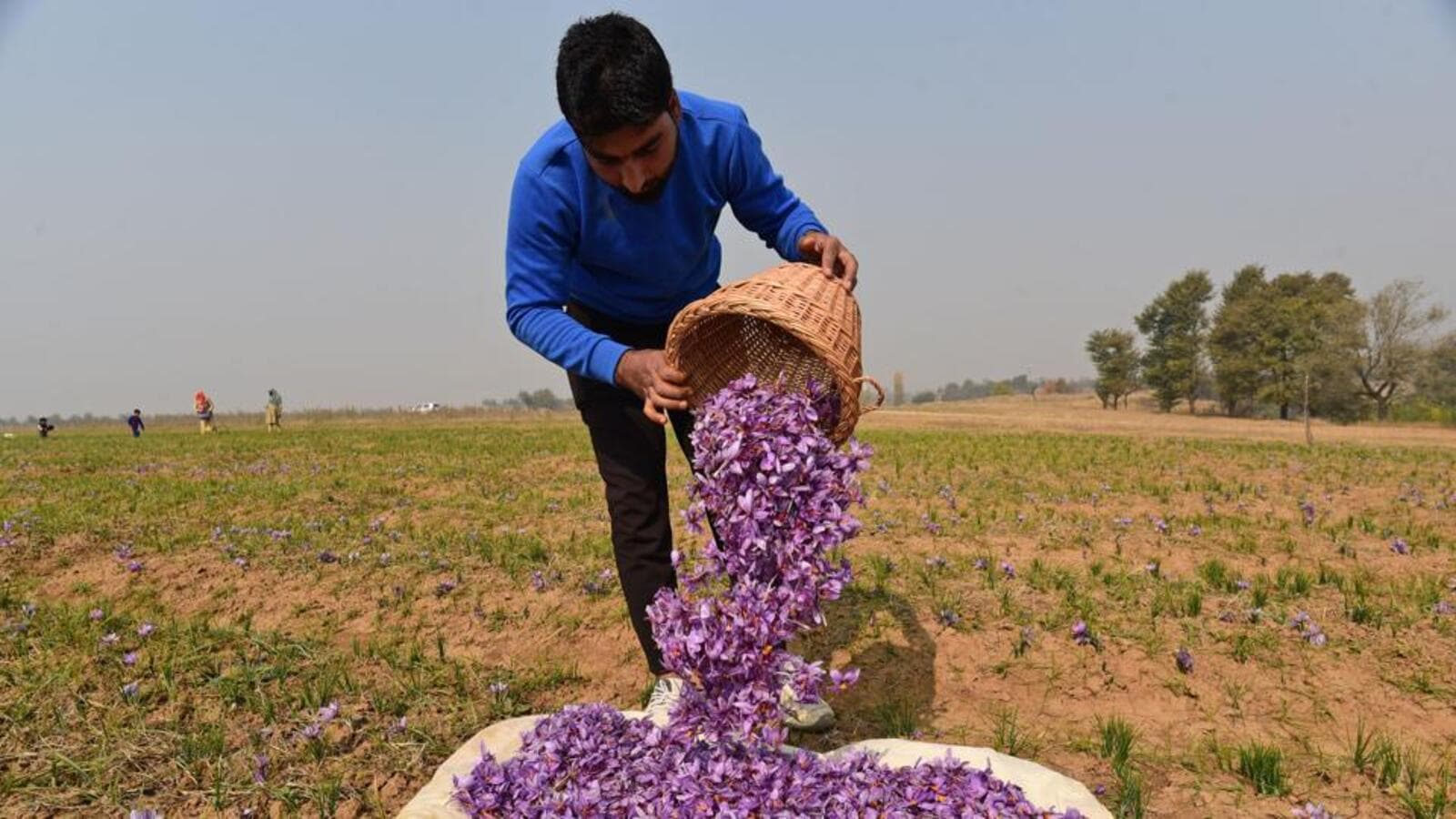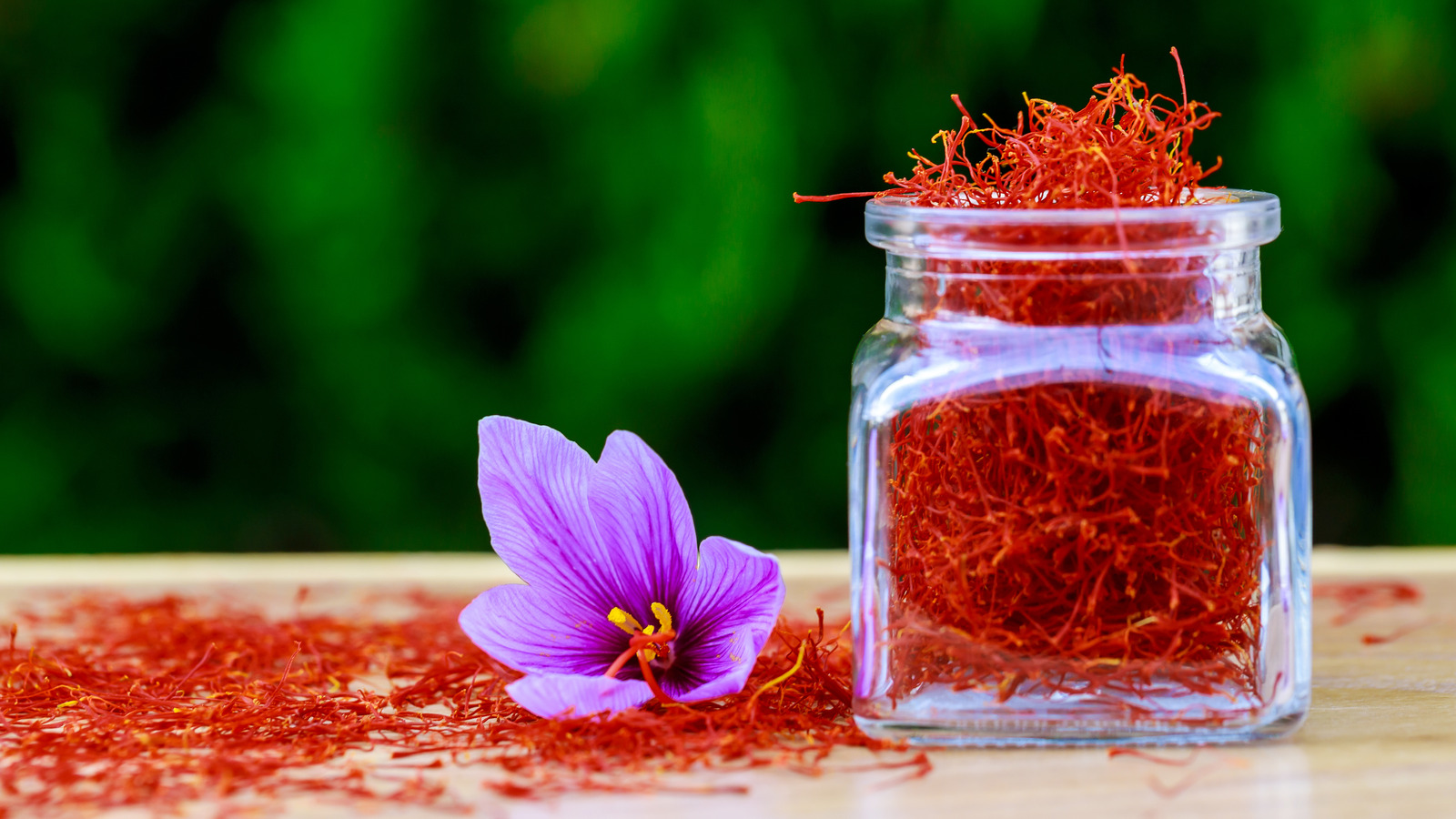The Ancient History of Saffron Cultivation
The history of saffron cultivation dates back to ancient times, with evidence of its use found in the civilizations of Greece, Rome, and Persia. The Greeks and Romans prized saffron for its vibrant yellow-orange color, using it to dye fabrics, cosmetics, and even the hair of their nobility. In Persia, saffron was used as a symbol of wealth and power, with the spice being traded extensively along the famous Silk Road.
Saffron was also used in traditional medicine, with the ancient Greeks and Romans using it to treat a variety of ailments, including digestive issues and skin conditions. The spice was also used in cooking, with saffron-infused dishes being served at special occasions and ceremonies.
The ancient civilizations of Greece, Rome, and Persia not only valued saffron for its culinary and medicinal uses but also for its cultural significance. Saffron was often used in rituals and ceremonies, with the spice being used to anoint the bodies of the deceased and to purify the air in temples and other sacred spaces.
As trade and cultural exchange flourished along the Silk Road, saffron spread to other parts of the world, including the Middle East, North Africa, and Europe. The spice became an integral part of the cuisine and culture of these regions, with saffron-infused dishes and drinks being served at special occasions and ceremonies.
Despite its widespread use and cultural significance, saffron remained a rare and expensive spice, with its high value due to the labor-intensive process of harvesting and drying the delicate stigmas. The history of saffron cultivation is a testament to the spice’s enduring allure, with its unique characteristics, uses, and benefits continuing to captivate people around the world.
The Saffron-Producing Regions of the World
Saffron is cultivated in various regions around the world, with each region producing saffron with unique characteristics and flavor profiles. Iran, Kashmir, Spain, and Italy are among the top saffron-producing countries, with each region having its own distinct saffron varieties.
Iran is the world’s largest producer of saffron, accounting for over 90% of global production. Iranian saffron is known for its high quality and is often referred to as “red gold” due to its vibrant color and flavor. The majority of Iranian saffron is produced in the Khorasan province, where the dry climate and rich soil create ideal conditions for saffron cultivation.
Kashmir, a region in the Indian subcontinent, is another significant producer of saffron. Kashmiri saffron is known for its distinctive flavor and aroma, which is often described as sweet and earthy. The region’s unique climate and soil conditions, combined with traditional farming practices, contribute to the high quality of Kashmiri saffron.
Spain is also a notable producer of saffron, with the majority of its production coming from the La Mancha region. Spanish saffron is known for its high quality and is often used in traditional Spanish cuisine, such as paella and tapas.
Italy is another country where saffron is cultivated, with the majority of its production coming from the Abruzzo region. Italian saffron is known for its distinctive flavor and aroma, which is often described as sweet and slightly spicy.
When considering where to buy saffron, it’s essential to look for high-quality saffron from reputable sources. Saffron from these regions is often more expensive than saffron from other parts of the world, but its unique flavor and aroma make it well worth the investment.
How to Identify High-Quality Saffron: A Guide to Authenticity
With the increasing demand for saffron, the market has become flooded with low-quality and adulterated saffron. To ensure that you are purchasing high-quality saffron, it is essential to know how to identify genuine saffron. Here are some tips to help you identify authentic saffron:
Appearance: High-quality saffron has a deep red-orange color and a thread-like appearance. The threads should be uniform in color and texture, with no signs of breakage or damage. Avoid saffron that has a pale or yellowish color, as it may be of lower quality.
Aroma: Genuine saffron has a distinctive, sweet, and earthy aroma. If the saffron has a strong or pungent smell, it may be adulterated with other spices or chemicals.
Flavor: High-quality saffron has a subtle, sweet, and slightly bitter flavor. If the saffron has a strong or bitter taste, it may be of lower quality.
Moisture Content: Saffron should have a low moisture content, typically around 10-12%. High moisture content can lead to mold and bacterial growth, which can affect the quality and safety of the saffron.
Adulteration: Saffron is often adulterated with other spices, such as turmeric, paprika, or safflower. To avoid adulterated saffron, look for products that have been certified by reputable organizations, such as the International Organization for Standardization (ISO).
When purchasing saffron, it is essential to buy from reputable sources, such as specialty spice stores or online retailers that specialize in high-quality saffron. Be wary of extremely cheap saffron, as it may be of lower quality or adulterated.
By following these tips, you can ensure that you are purchasing high-quality saffron that is authentic and safe to use. Whether you are using saffron for cooking, medicine, or cosmetics, it is essential to choose a high-quality product that meets your needs.
The Saffron-Producing Regions of the World
Saffron is cultivated in various regions around the world, each with its unique climate, soil, and cultural conditions that contribute to the distinct characteristics of the spice. The main saffron-producing regions are Iran, Kashmir, Spain, and Italy, which are known for their high-quality saffron.
Iran is the world’s largest producer of saffron, accounting for over 90% of global production. The country’s dry climate and rich soil make it an ideal place for saffron cultivation. Iranian saffron is known for its deep red-orange color and distinctive flavor, which is often described as sweet and earthy.
Kashmir, a region in the Indian subcontinent, is another significant producer of saffron. Kashmiri saffron is known for its unique flavor and aroma, which is often described as sweet and slightly spicy. The region’s cool and dry climate, combined with its rich soil, makes it an ideal place for saffron cultivation.
Spain is also a notable producer of saffron, with the majority of its production coming from the La Mancha region. Spanish saffron is known for its high quality and is often used in traditional Spanish cuisine, such as paella and tapas.
Italy is another country where saffron is cultivated, with the majority of its production coming from the Abruzzo region. Italian saffron is known for its distinctive flavor and aroma, which is often described as sweet and slightly spicy.
When considering where to buy saffron, it’s essential to look for products from these regions, as they are known for their high-quality saffron. However, it’s also important to note that saffron can be cultivated in other regions, and the quality of the spice can vary depending on factors such as climate, soil, and cultivation practices.
So, where do saffron come from? The answer lies in these saffron-producing regions, where the unique combination of climate, soil, and cultural conditions come together to create the distinctive characteristics of this luxurious spice.
The Labor-Intensive Process of Saffron Harvesting
Saffron harvesting is a labor-intensive process that requires great skill and care. The process begins with the selection of the saffron crocus flowers, which are typically harvested in the early morning hours when the flowers are still closed. The flowers are then carefully hand-picked, and the stigmas are extracted from the center of the flower.
The stigmas are then dried immediately to preserve their flavor and aroma. This is typically done by spreading the stigmas out in a single layer on a paper or cloth, and allowing them to air dry. The drying process can take several days, depending on the humidity and temperature of the environment.
Once the stigmas are dry, they are sorted and graded according to their quality and color. The highest quality saffron is typically deep red in color and has a strong, sweet aroma. The lower quality saffron may be lighter in color and have a less intense aroma.
The labor-intensive process of saffron harvesting is one of the reasons why saffron is so expensive. It takes approximately 75,000 flowers to produce just one pound of saffron, and the process of harvesting and drying the stigmas is time-consuming and labor-intensive.
Despite the challenges of saffron harvesting, many farmers and producers are dedicated to preserving the traditional methods of production. They believe that the high quality and unique flavor of saffron are worth the extra effort and expense.
When considering where to buy saffron, it’s essential to look for products that are harvested and produced using traditional methods. This ensures that the saffron is of high quality and has the unique flavor and aroma that saffron is known for.
The Role of Climate and Soil in Saffron Production
Climate and soil conditions play a crucial role in saffron production, as they can significantly impact the quality and yield of the spice. Saffron is typically grown in regions with a Mediterranean climate, characterized by hot summers and cool winters. The ideal temperature for saffron cultivation is between 15°C and 25°C (59°F and 77°F), with an annual rainfall of around 400 mm (16 in).
The soil type is also an important factor in saffron production. Saffron is typically grown in well-drained, fertile soils with a pH between 6.0 and 7.0. The soil should be rich in organic matter and have a good structure to allow for proper drainage and aeration.
The region where saffron is grown can also impact its quality and flavor. For example, saffron grown in Iran is known for its deep red color and strong flavor, while saffron grown in Kashmir is known for its lighter color and more delicate flavor.
Understanding the role of climate and soil in saffron production can help to explain why saffron from certain regions is more prized than others. For example, saffron from Iran is considered to be of higher quality than saffron from other regions due to the country’s unique climate and soil conditions.
When considering where to buy saffron, it’s essential to look for products that are grown in regions with the ideal climate and soil conditions. This ensures that the saffron is of high quality and has the unique flavor and aroma that saffron is known for.
So, where do saffron come from? The answer lies in the regions with the ideal climate and soil conditions, where the unique combination of temperature, rainfall, and soil type come together to create the perfect environment for saffron cultivation.
Saffron in Modern Times: Uses and Applications
Saffron is a versatile spice that has been used for centuries in various cultures for its culinary, medicinal, and cosmetic properties. In modern times, saffron is still highly valued for its unique flavor, aroma, and potential health benefits.
In cooking, saffron is used to add flavor and color to a variety of dishes, including paella, risotto, and bouillabaisse. It is also used as a natural food coloring and is a key ingredient in many traditional recipes.
In medicine, saffron has been used for centuries to treat a variety of ailments, including digestive issues, respiratory problems, and skin conditions. It is also believed to have anti-inflammatory and antioxidant properties, which may help to reduce the risk of chronic diseases such as heart disease and cancer.
In cosmetics, saffron is used in skincare products for its potential anti-aging and skin-brightening properties. It is also used in hair care products to promote healthy hair growth and reduce dandruff.
Despite its many uses and potential health benefits, saffron is still a relatively expensive spice. However, its unique flavor and aroma make it a worthwhile investment for many cooks and food enthusiasts.
When considering where to buy saffron, it’s essential to look for high-quality products that are sourced from reputable suppliers. This ensures that the saffron is of high quality and has the unique flavor and aroma that saffron is known for.
So, where do saffron come from? The answer lies in the regions with the ideal climate and soil conditions, where the unique combination of temperature, rainfall, and soil type come together to create the perfect environment for saffron cultivation.
Conclusion: The Enduring Allure of Saffron
Saffron is a spice that has been prized for its unique flavor, aroma, and potential health benefits for centuries. From its origins in ancient civilizations to its modern-day uses in cooking, medicine, and cosmetics, saffron has remained a highly valued and sought-after spice.
As we have explored in this article, the value and significance of saffron can be attributed to its unique characteristics, uses, and benefits. From its distinctive flavor and aroma to its potential health benefits and culinary uses, saffron is a spice that continues to captivate and inspire people around the world.
So, where do saffron come from? The answer lies in the regions with the ideal climate and soil conditions, where the unique combination of temperature, rainfall, and soil type come together to create the perfect environment for saffron cultivation.
Whether you are a food enthusiast, a health-conscious individual, or simply someone who appreciates the rich history and cultural heritage behind this luxurious spice, saffron is a spice that is sure to continue to captivate and inspire you.
In conclusion, saffron is a spice that is truly worth appreciating and valuing. Its unique flavor, aroma, and potential health benefits make it a highly sought-after spice, and its rich history and cultural heritage only add to its allure.









